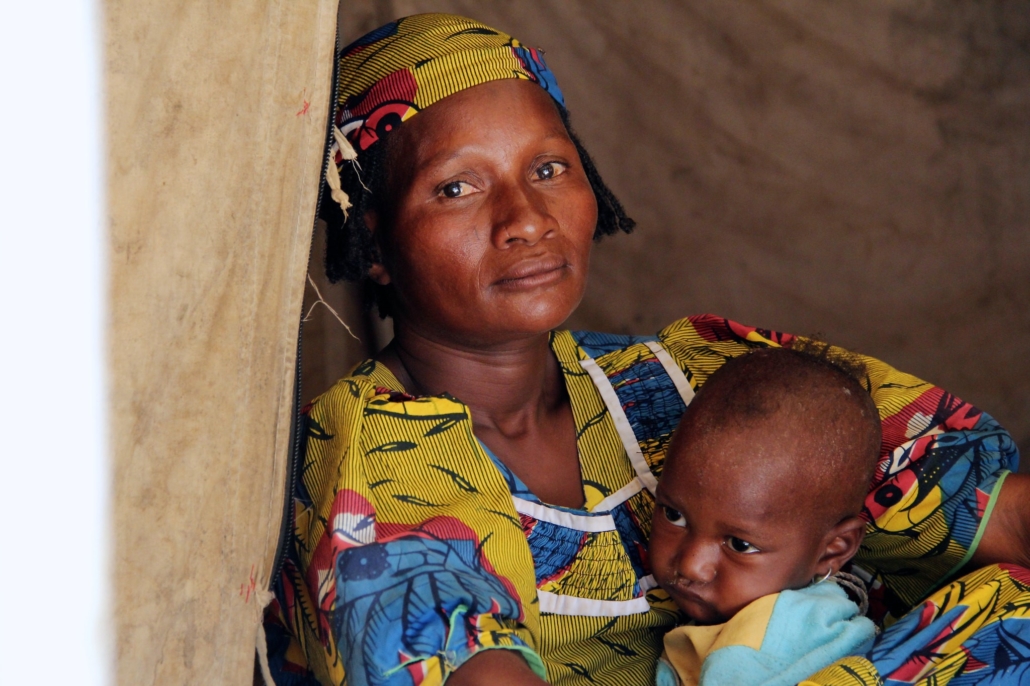5 Causes of Hunger in Cameroon

Commonly called “Africa in miniature,” many know Cameroon for its geographical diversity and cultural vibrance. However, despite its status as a nation of peace and steadiness, Cameroon nonetheless faces a multitude of threats to the food security of millions of its citizens. A staggering 2.6 million people in Cameroon are facing phase three (crisis) food insecurity, leading to severe malnutrition and stunting for vulnerable children. In order to find solutions to reducing hunger in Cameroon, one must explore the causes behind such significant food insecurity. Here are five reasons behind Cameroon’s hunger crisis.
5 Causes of Hunger in Cameroon
- Violence from Boko Haram’s presence in Nigeria has spilled into the Far North of Cameroon. Boko Haram’s terrorist activities in Nigeria have caused more than 100,000 Nigerians to take refuge in Cameroon. More than 300,000 Cameroonians have experienced displacement as a result of Boko Haram’s terrorism. Not only do fleeing refugees place an additional burden on the already strained food resources of Cameroon, but the internal displacement of Cameroonians due to violence prevents farmers from accessing agricultural fields. In 2016, Cameroon’s cereal production in regions that Boko Haram has affected decreased by 25% from the previous year.
- Armed rebel forces are stealing livestock by the thousand. Tension rose between ethnic Mbororo ranchers and armed separatists after the Mbororo refused to support the separatist’s mission to form a new anglo-Christian state. This denial has led the armed separatists to steal thousands of the ranchers’ cattle between July and September 2020 in order to fund and feed their army. Furthermore, the Mbororo have been victims of kidnapping and murder by separatists, which has led to more than 11,000 Mbororo relocating.
- Farmers are exporting grain instead of selling it domestically. The lack of profitability of domestic sales of grain has led farmers to export goods to neighboring countries such as Nigeria. This has led Cameroon to block farmer’s cereal and grain exports in the Far North. The Food Control Unit seized 6,000 tons of grain and will return them when owners commit to selling only in Cameroon. This policy aims to improve the tenuous food security, reducing hunger in Cameroon and increasing resilience against famine.
- Climate disasters such as drought and floods have stressed food supplies and agricultural centers. Future solutions must focus on disaster preparation and being proactive instead of retroactive in mitigating disaster reduction. The lack of preemptive warning systems has prevented the mitigation of the African Sahel Floods, which displaced 1,500 hundred families in September 2020. A legislative emphasis on implementing early warning systems and disaster risk reduction equipment and technology will be critical to mitigating the damage future climate disasters have on the food supply. The government should focus on land use management and educating the public about disasters to lower their effects when they do occur.
- Almost 700,000 Cameroonians have been internally displaced by drought, floods and violent conflict, 40% of whom are children under 5. These children are especially vulnerable to the effects of malnutrition and may never recover to optimal health. Around 31.7% of children under 5 suffer from stunting, which is a higher rate than the average of 25% for developing countries.
Combating Hunger in Cameroon
These causes of hunger in Cameroon suggest a clear pattern of turbulence in the Far North. It is integral to focus on devoting resources to this area and promoting organizations that provide relief to this hunger afflicted population.
In order to combat malnutrition, organizations such as the World Food Programme (WFP) and Action Against Hunger have been working to allocate supplies and introduce health education and services in regions lacking such resources. In 2019, Action Against Hunger reached more than 300,000 Cameroonians through nutrition, health, and food security programs. Action Against Hunger distributes food supplies and sets up clinics to supply displaced people with health and medical care.
Among its numerous initiatives, the World Food Programme targets improving nutritional access and education for Cameroon’s under 5 population. The WFP uses strategies including giving financial support and training to smallholder farmers and providing communities in need with food assistance to improve their resilience. WFP has had a presence in Cameroon since 1978 and succeeded in reaching over 400,000 people in 2019 through its food and nutrition assistance initiatives.
Cameroon is facing threats to its food supply from violence, disaster and poor government support. Fortunately, organizations such as the WFP and Action Against Hunger are working tirelessly to improve the nation’s food security so the people of Cameroon can live healthy and happy lives.
– Adrian Rufo
Photo: Flickr
